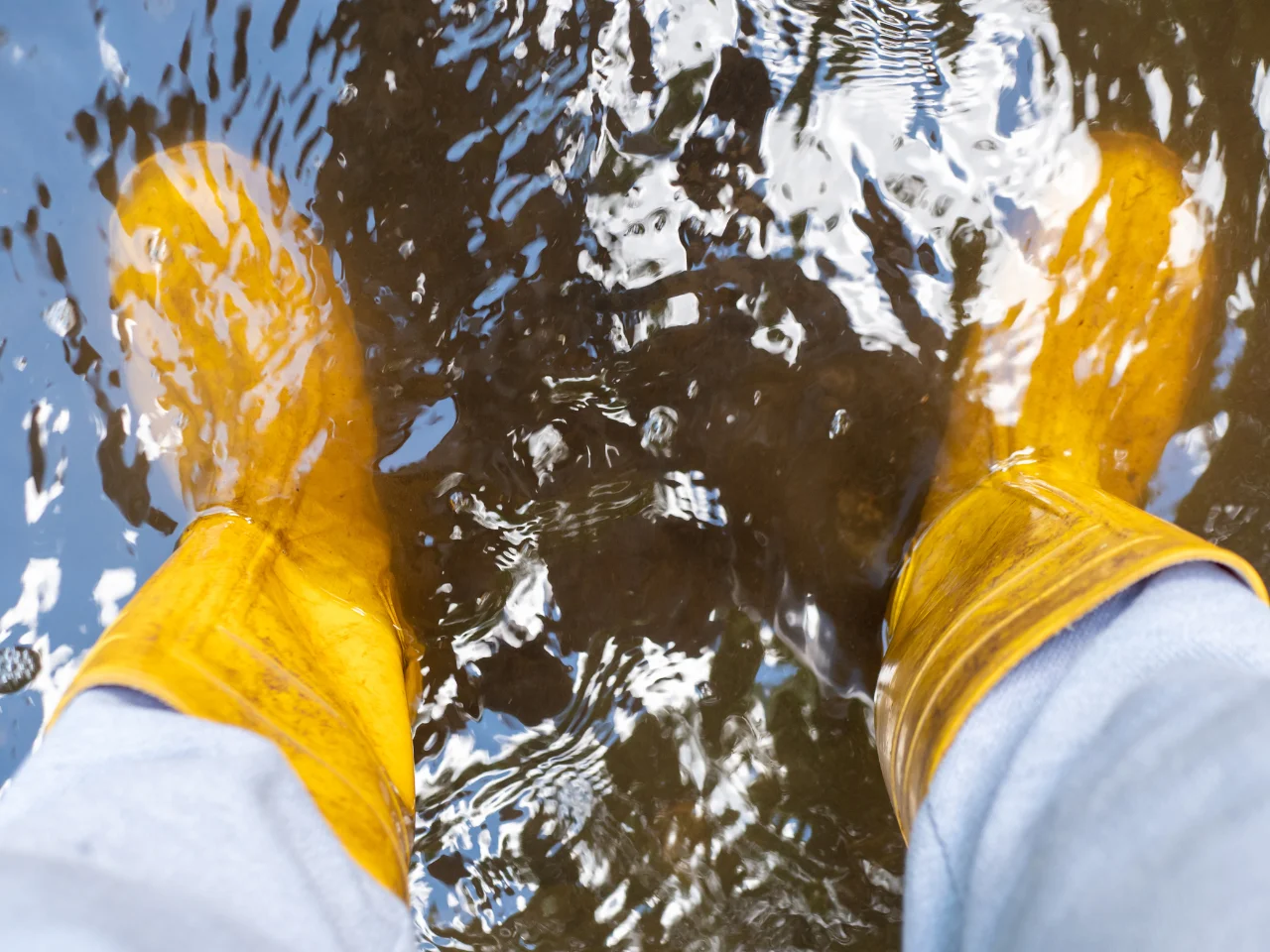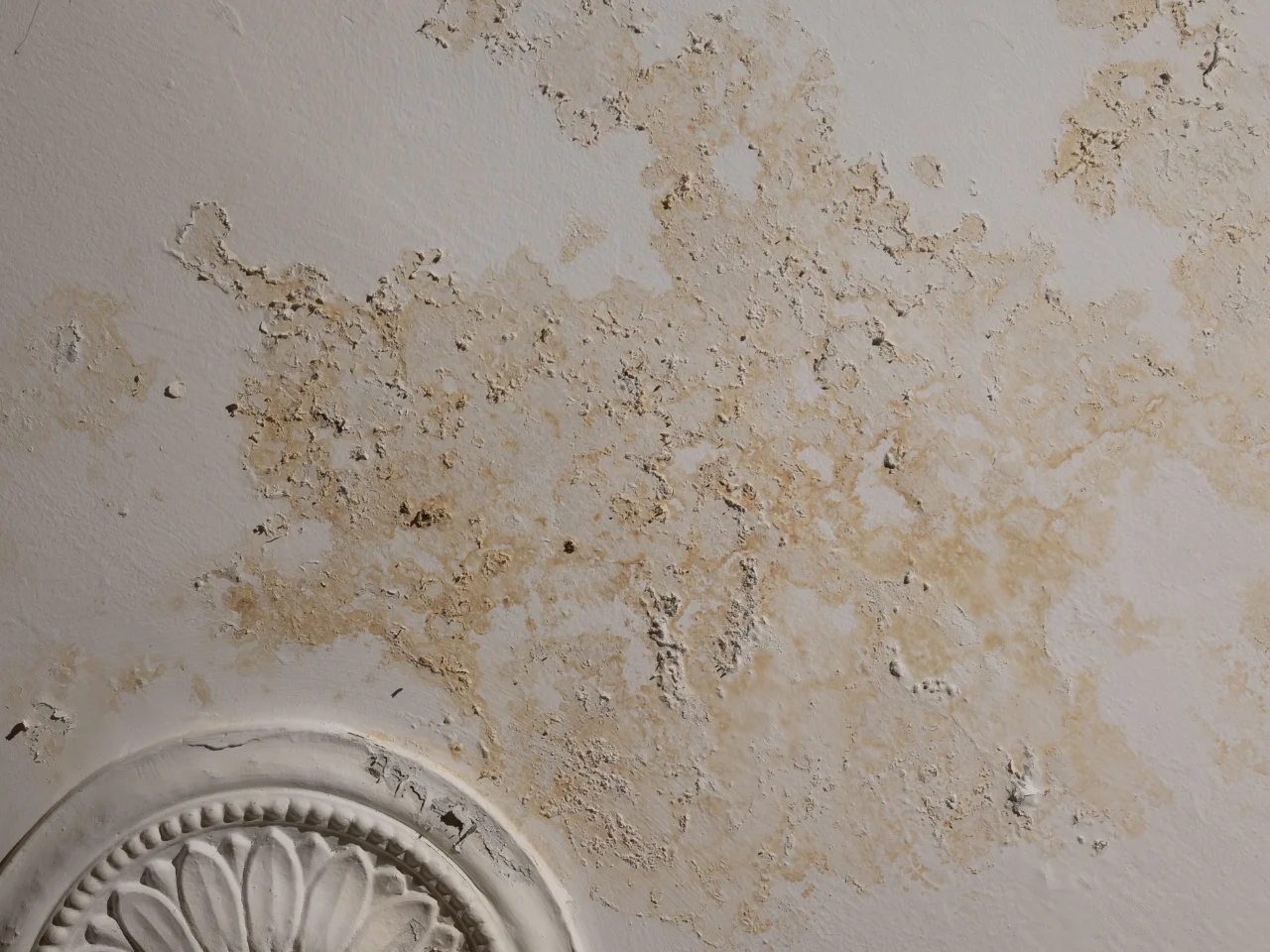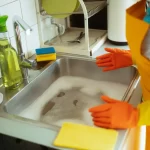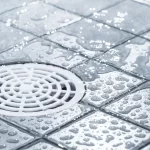Imagine discovering standing water in your basement after a particularly intense downpour. The chaos, stress, and shock can be too much to handle. If not addressed right once, a basement flood, whether caused by a burst pipe, a sump pump failure, or rainfall seeping through foundation walls, can result in significant damage.
In addition to being an annoyance, a flooded basement can endanger the foundation of your house, harm personal property, and provide the ideal conditions for the growth of mould and mildew. Quick action can mean the difference between thousands of dollars in repairs and a straightforward cleanup.
In this blog, we’ll walk you through exactly how to dry a basement after a flood. You’ll learn the critical safety steps, the best methods for water removal, how to properly clean and disinfect, and what to do to prevent future basement flooding. We’ll also cover tools like sump pumps and dehumidifiers, when to call professionals, and why maintenance matters.
Connect with us for trusted flood recovery and waterproofing services across Toronto, Etobicoke, and Mississauga.
Why Basement Floods Happen

Basements are the lowest point in a home, making them especially vulnerable to water intrusion. Common causes include:
- Heavy rain or melting snow can overwhelm foundation drainage systems.
- Sump pump failure during a storm or power outage.
- Cracked foundation walls allowing outside water to seep in.
- Burst pipes or plumbing leaks inside the basement.
- Sewer backups caused by overwhelmed city systems.
Regardless of the source, once water in your basement rises, the priority is to remove water quickly and start the drying process.
Safety First: What to Do Before Entering a Flooded Basement

Flood water can be hazardous, both electrically and biologically. Before you step foot in your basement:
- Shut off the power supply – If water has reached your electrical panel, do not attempt to turn it off yourself. Call an electrician.
- Turn off the water supply – If the flood was caused by a broken pipe, shut off the water immediately.
- Wear personal protective equipment – Waterproof boots, gloves, and even a mask if mould may be present.
- Wait until the outside water level is lower – If the outside water level is higher than your basement, pumping water out too soon can damage foundation walls.
Safety should always come before cleanup. Once the basement is safe, you can begin removing water.
Step 1: Remove Water from the Basement
The amount of water in your basement determines your approach:
- Small puddles or dampness – Use mops, towels, and buckets to soak and remove water.
- Several inches of water – A wet vac or sump pump is the fastest way to pump out the water.
- Severe flooding – Professional water extraction services may be necessary.
Using a Sump Pump or Wet Vac
If your basement already has a sump pump, this should be your first line of defence. If the pump failed, you may need to repair or replace it. A portable submersible pump can also be rented from hardware stores.
Tip: Only pump water out of your basement once the outside water level is lower than the inside. Otherwise, pressure differences can cause structural damage.
Step 2: Improve Airflow and Ventilation
The drying process starts as soon as the standing water is eliminated. Within 24 to 48 hours, residual moisture can cause the growth of mould and mildew.
- Open doors and windows if the outside air is less humid.
- Use fans to keep air moving across damp floors and walls.
- Place dehumidifiers at least 6–8 inches away from walls and run them continuously for 48+ hours.
This combination helps draw moisture from concrete, drywall, and other porous surfaces in the entire basement.
Step 3: Clean and Disinfect All Surfaces
Flood water often carries bacteria, chemicals, and sewage. Every surface needs to be properly disinfected:
- Hard surfaces – Scrub with a solution of bleach and water (1 cup of chlorine bleach to 1 gallon of water).
- Concrete walls and masonry foundation – Hose down and scrub with a bleach solution.
- Floors – Use mops with disinfectant, then rinse and dry thoroughly.
- Appliances and furniture – If salvageable, clean with disinfectant and allow to dry to the touch.
What to Throw Away After a Basement Flood
Some items are difficult or unsafe to save:
- Carpet and padding – These materials trap moisture and promote mould growth.
- Drywall and insulation – Cut out and replace any section that was wet.
- Mattresses, upholstered furniture, cardboard, and paper items – Discard to prevent health risks.
Step 4: Dry Out the Basement Thoroughly
Wood, drywall, and flooring retain moisture even after cleaning. To fully dry your basement:
- Keep fans and dehumidifiers running until all surfaces feel dry to the touch.
- Lift flooring materials to dry underneath.
- Run HVAC systems if safe, or portable heaters to help evaporation.
- Use a moisture meter (available at hardware stores) to confirm that hidden areas are dry.
If the drying process is rushed, lingering dampness can cause mould and mildew growth, warped flooring, and long-term damage to your home.
Bonus Step: Inspect for Damage and Make Repairs
After your basement is dry, carefully inspect for flood damage:
- Drywall – Replace cut sections.
- Basement floor – Re-seal if necessary, especially with tile or concrete.
- Foundation walls – Check for cracks or weakened mortar.
- Electrical systems – Have a licensed electrician inspect outlets, wiring, and the electrical panel.
- Appliances – Test only after they’ve been inspected or dried thoroughly.
Even after flood cleanup, it’s important to make sure the space is completely dry to prevent water from seeping back in and to reduce the growth of mould and mildew. Pay attention to all surfaces in your basement. To ventilate, open windows in the basement. If needed, wash walls with a bleach solution. When dealing with a flooded basement or a flooded house, some repairs may require professional services, especially if much water entered or the basement was fully submerged.
Schedule professional basement drying and waterproofing with our team serving Toronto, Etobicoke, and Mississauga.
Preventing Mould and Mildew Growth After a Flood

Mould can start forming within 24 hours after a flood. To prevent it:
- Keep humidity below 50% with a dehumidifier.
- Clean hard surfaces with bleach and water.
- Remove and replace all porous materials that were soaked.
- Continue ventilating the basement for several days.
When you dry out your basement, make sure all excess water has been removed and that the space is completely dry after a flood. Scrub basement walls and other hard surfaces with a mix of chlorine bleach and water to help disinfect and prevent the growth of mould. Always shut off power to the basement before working in flooded areas, and continue moving the basement water and draining it properly to pump out water and direct it away from your foundation. Keeping water away from your home will reduce the risk of flooding in the future and help maintain a safe, mould-free environment.
Long-Term Ways to Prevent Basement Flooding

Once you’ve survived one flood, prevention becomes a priority. Here are proven solutions to prevent basement floods:
Interior Solutions
- Sump pump installation – A must-have in Toronto homes prone to flooding. Consider adding a battery backup for power outages.
- Backwater valve – Stops sewage from backing up into your basement during heavy rain.
- Dehumidifiers – Help keep the basement dry in humid months.
Exterior Solutions
- Grading your yard – Ensure water flows away from your home instead of toward the foundation.
- Clean gutters and downspouts – Direct water away at least two metres from your foundation.
- Seal foundation walls – Seepage can be prevented with expert basement waterproofing.
Maintenance Tips
- Test your sump pump every few months.
- Inspect foundation cracks regularly.
- Keep drains clear of debris.
- Review your flood insurance policy to understand coverage.
When to Call a Professional Plumber

Although homeowners can handle certain small floods, you should get a professional plumber if:
- Your basement has flooded with more than a few inches of water.
- The flood involves sewage or contaminated water.
- Your sump pump or drainage system fails repeatedly.
- You notice recurring mould and mildew growth.
- Structural issues like cracked walls and masonry foundation walls appear.
If water from your basement continues to return or you enter your basement and find areas still lower than the water level, you’ll likely need to dry and disinfect again—or call an expert to help dry and repair the space. A professional can also provide damage repair, ensure that surfaces and belongings are dry them thoroughly, and prevent long-term issues with your basement if the water has caused hidden structural or moisture problems.
With over 20 years serving Toronto, Absolute Draining & Plumbing has the experience, tools, and knowledge to handle everything from water removal to full basement waterproofing systems.
Call now for expert help restoring your flooded basement across Toronto, Etobicoke, and Mississauga.
Protect Your Basement, Protect Your Home
A flooded basement is never easy to deal with, but taking quick, safe action can minimize flood damage and protect your home. Start with safety, pump out the water, thoroughly dry and disinfect, and repair what’s been damaged. From there, invest in prevention—because once your basement floods, the risk of it happening again is higher.
If your basement is flooded or you’re concerned about preventing future flooding, don’t wait until the next storm hits. For professional assistance with sump pump installation, drain cleaning, and waterproofing solutions, get in touch with Absolute Draining & Plumbing. Our certified Toronto plumbers are on call around-the-clock to prevent water damage to your house.






